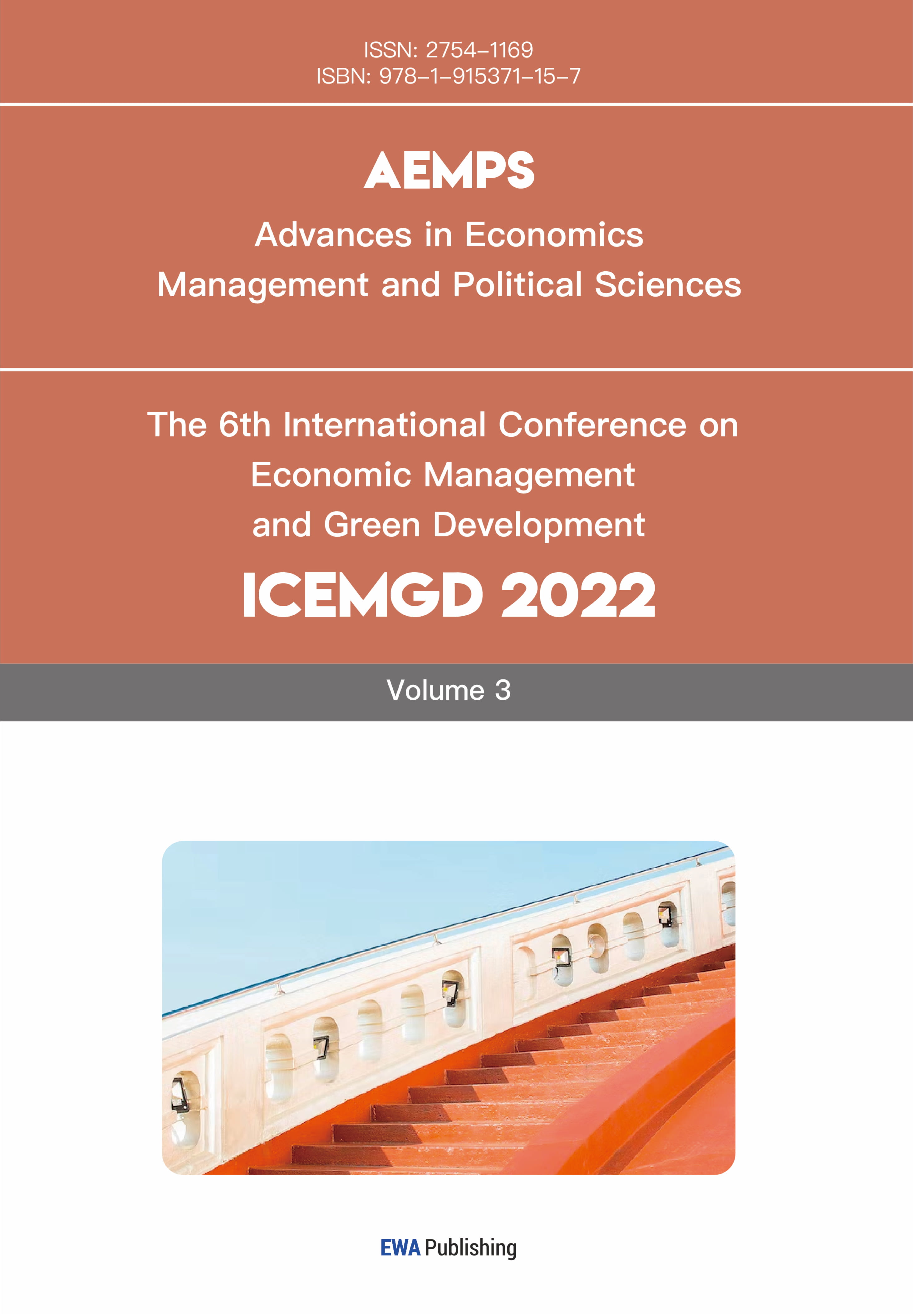References
[1]. DiMaggio, P. J., & Powell, W. W. (1983). The iron cage revisited: Institutional isomorphism and collective rationality in organizational fields. American Sociological Review, 48(2), 147–160.
[2]. Achabou, M. A., & Dekhili, S. (2013). Luxury and sustainable development: Is there a match? Journal of Business Research, 66(10), 1896–1903.
[3]. Freeman, R. E. (1984). Strategic management: A stakeholder approach. Pitman.
[4]. Bocken, N. M. P., & Short, S. W. (2021). Unsustainable business models—Recognising and resolving institutionalised social and environmental harm. Journal of Cleaner Production, 312, 127828.
[5]. Kapferer, J. N., & Michaut-Denizeau, A. (2020). Are luxury and sustainability truly compatible? A critical review of the literature. Luxury: History, Culture, Consumption, 7(1), 1–23.
[6]. Gardetti, M. Á., & Muthu, S. S. (Eds.). (2020). Sustainable luxury and social entrepreneurship: Stories from the pioneers. Springer.
[7]. Joy, A., Sherry Jr., J. F., Venkatesh, A., Wang, J., & Chan, R. (2012). Fast fashion, sustainability, and the ethical appeal of luxury brands. Fashion Theory, 16(3), 273–295.
[8]. Pedersen, E. R. G., & Andersen, K. R. (2015). Sustainability innovators and anchor draggers: A global expert study on sustainable fashion. Journal of Fashion Marketing and Management, 19(3), 315–327.Freeman, R. E. (1984). Strategic management: A stakeholder approach. Pitman.
[9]. Turker, D., & Altuntas, C. (2014). Sustainable supply chain management in the fast fashion industry: An analysis of corporate reports. European Management Journal, 32(5), 837–849.
[10]. Santos, G., Mendes, F., Pinto, L., & Lindgreen, A. (2022). Sustainable business models in the fashion industry: A systematic literature review. Journal of Cleaner Production, 347, 131220.
[11]. Henninger, C. E., Alevizou, P. J., & Oates, C. J. (2017). What is sustainable fashion? Journal of Fashion Marketing and Management, 21(4), 400–416.
[12]. Perry, P., & Towers, N. (2013). Conceptual framework development: CSR implementation in fashion supply chains. International Journal of Physical Distribution & Logistics Management, 43(5–6), 478–501. PST
[13]. Arrigo, E. (2020). Corporate responsibility management in fast fashion companies: The Gap Inc. case. Journal of Fashion Marketing and Management, 24(3), 407–427.
[14]. LVMH. (2023). Environmental, Social and Governance Report 2023. Paris: LVMH Moët Hennessy Louis Vuitton SE.
[15]. Kering. (2023). Sustainability Progress Report 2023. Paris: Kering Group.
[16]. Prada. (2023). ESG Report 2023. Milan: Prada S.p.A.
[17]. Richemont. (2023). Sustainability Report 2023/24. Geneva: Compagnie Financière Richemont SA.



